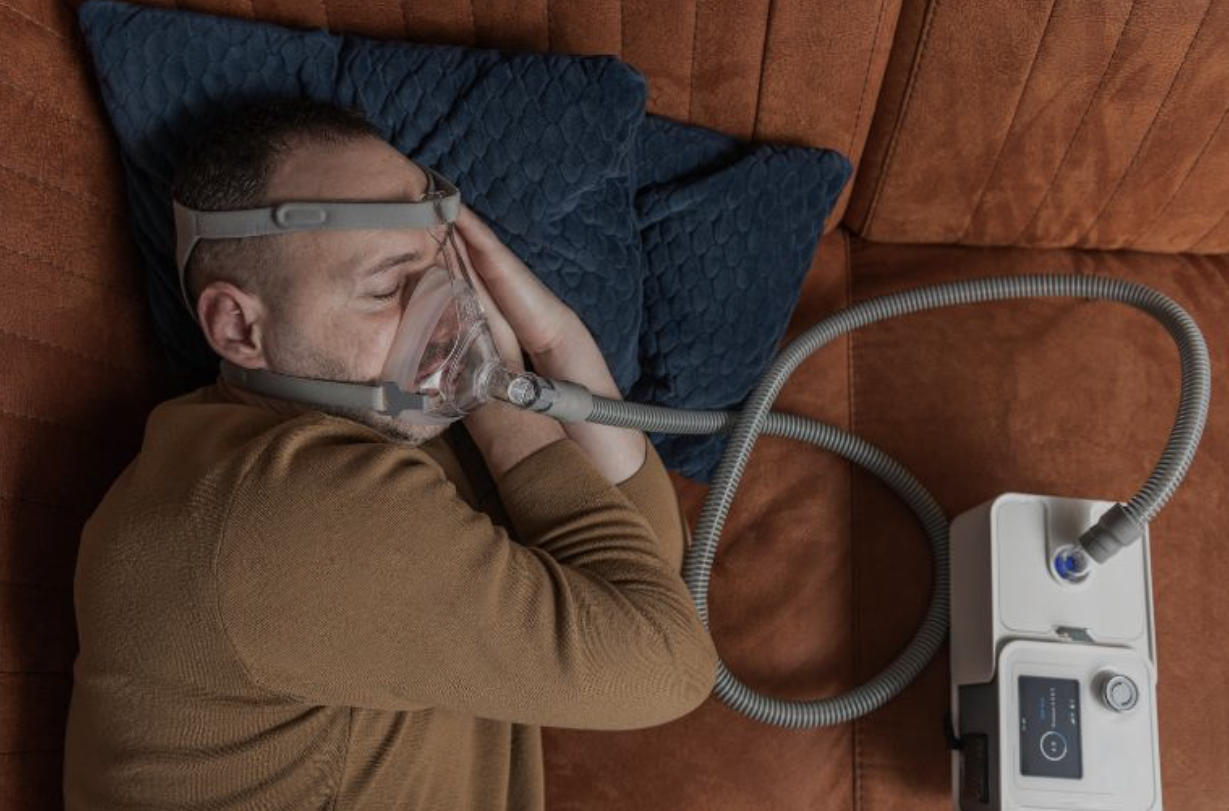Unveiling the Data Engineering Behind CPAP: Optimizing Sleep Apnea Treatment

Continuous Positive Airway Pressure (CPAP) therapy has transformed the treatment of sleep apnea, providing relief and improved quality of life for millions worldwide. Behind the scenes of CPAP devices lies a sophisticated network of data engineering concepts and technologies. In this article, we explore how CPAP leverages data engineering to enhance treatment efficacy, personalize care, and improve patient outcomes.

Image Credit: Anker
- Data Acquisition and Monitoring: At the core of CPAP treatment is data acquisition and monitoring. CPAP devices continuously collect data on patient breathing patterns, airway obstructions, pressure levels, and device usage. Data engineering techniques facilitate real-time data ingestion, ensuring that healthcare providers have access to accurate and timely information about patient compliance and therapy effectiveness.
- Data Integration and Interoperability: CPAP therapy often involves the integration of data from multiple sources, including CPAP devices, electronic health records (EHRs), wearable sensors, and patient-reported outcomes. Data engineering principles enable seamless integration and interoperability between disparate data sources, allowing healthcare providers to gain a comprehensive understanding of patient health and treatment progress.
- Predictive Analytics and Machine Learning: Data engineering paves the way for predictive analytics and machine learning algorithms in CPAP therapy. By analyzing historical patient data and treatment outcomes, machine learning models can predict the likelihood of treatment success, identify risk factors for non-compliance, and personalize therapy settings based on individual patient characteristics. These insights empower healthcare providers to proactively intervene and optimize treatment protocols.
- Remote Monitoring and Telemedicine: In an era of remote healthcare delivery, data engineering enables remote monitoring and telemedicine solutions for CPAP therapy. Cloud-based platforms and IoT devices facilitate remote data transmission, allowing healthcare providers to remotely monitor patient adherence, troubleshoot device issues, and adjust therapy settings as needed. These remote monitoring capabilities enhance patient convenience, improve access to care, and reduce the burden on healthcare resources.
- Data Privacy and Security: Data engineering plays a crucial role in ensuring the privacy and security of patient data in CPAP therapy. Robust data encryption protocols, access controls, and audit trails safeguard sensitive patient information against unauthorized access and data breaches. Compliance with healthcare regulations such as HIPAA (Health Insurance Portability and Accountability Act) ensures that patient data is handled with the utmost confidentiality and integrity.
Conclusion: The integration of data engineering concepts into CPAP therapy represents a paradigm shift in the treatment of sleep apnea. By harnessing the power of data, CPAP devices can deliver personalized care, optimize treatment outcomes, and enhance patient satisfaction. As technology continues to advance, the role of data engineering in CPAP therapy will only continue to expand, paving the way for innovative solutions and improved patient care in the management of sleep apnea and related disorders.
References:
https://www.anker.com/blogs/solar/cpap-power-supply-can-a-solar-generator-power-cpap
(Devdiscourse's journalists were not involved in the production of this article. The facts and opinions appearing in the article do not reflect the views of Devdiscourse and Devdiscourse does not claim any responsibility for the same.)










